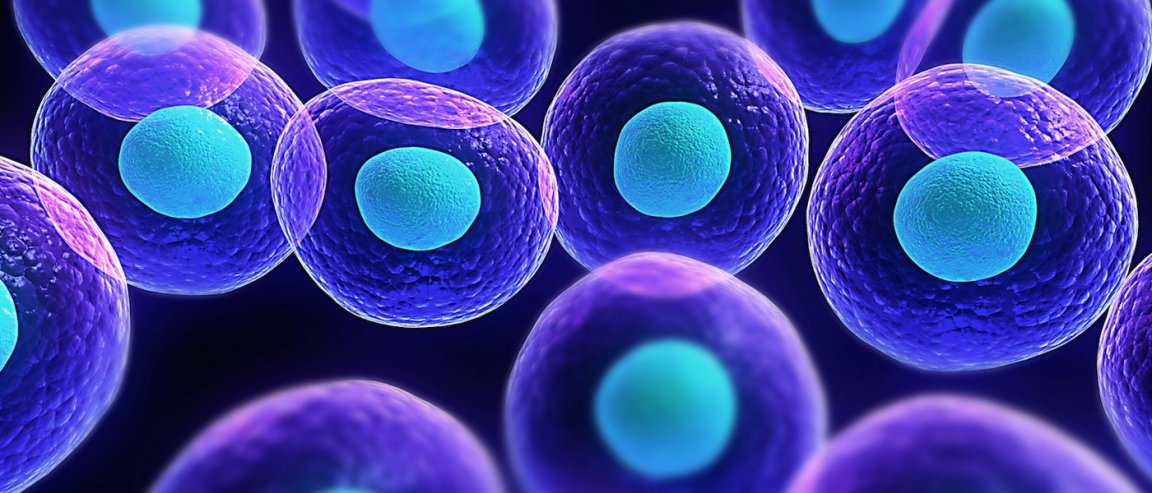
Stem Cell Renewal
Nobody likes a toothache. At the slightest sign of a damaged tooth, many of us run to our dentists so they can fill the cavities caused by trauma or infection — or perhaps just a persistent sweet tooth. Researchers from King’s College London may have found a better way to deal with damaged teeth, one that doesn’t involve just plugging the holes. Instead, their method stimulates the renewal of living stem cells within the teeth.
Usually, dental fillings — those man-made tooth cements — are composed of calcium or some silicon-based product. While they do cover the soft pulp within a tooth that gets exposed in cases of damage (thus causing us pain), the fillings remain in the teeth indefinitely. Because they never degrade, the fillings prevent the normal mineral level of the tooth from being completely restored, according to the study, which is published in the journal Scientific Reports.
When our teeth sustain minor damage, the body naturally produces dentine, a thin band of protective coating that seals the tooth pulp, keeping it from prolonged exposure that may cause infection. However, it is not enough to effectively fix larger cavities, which is why a trip to the dentist is in order. The King’s College researchers developed a method that would stimulate the stem cells contained in tooth pulp to produce new dentine. Their method allows teeth to use their natural, biological ability to repair larger cavities, thus reducing the need for fillings or cement.
The treatment was delivered by applying biodegradable collagen sponges that contained low doses of small molecule glycogen synthase kinase (GSK-3) to the damaged tooth. The sponge would degrade over time, unlike dental fillings, and would be replaced by new dentine. “The simplicity of our approach makes it ideal as a clinical dental product for the natural treatment of large cavities, by providing both pulp protection and restoring dentine,” explained lead author Paul Sharpe in a press release.

A Natural Repair System
One of the small molecules the researchers used to stimulate the stem cell renewal included Tideglusib. This GSK-3 inhibitor has already been through clinical trials and used to treat neurological disorders, such as Alzheimer’s disease. Furthermore, the collagen sponges used within the treatment are already commercially available and clinically approved. This means that this natural dentine-inducing tooth repair method could easily be fast-tracked into actual dental treatment use within clinics.
This is a truly natural alternative to cement fillings, which can deteriorate and need replaced over time, and through scientific advances like this one, we are finding more and more ways to improve upon the body’s natural defenses, which are often the best at combating damage and disease. Just think — if this method is approved, you may have already had your last man-made dental filling.